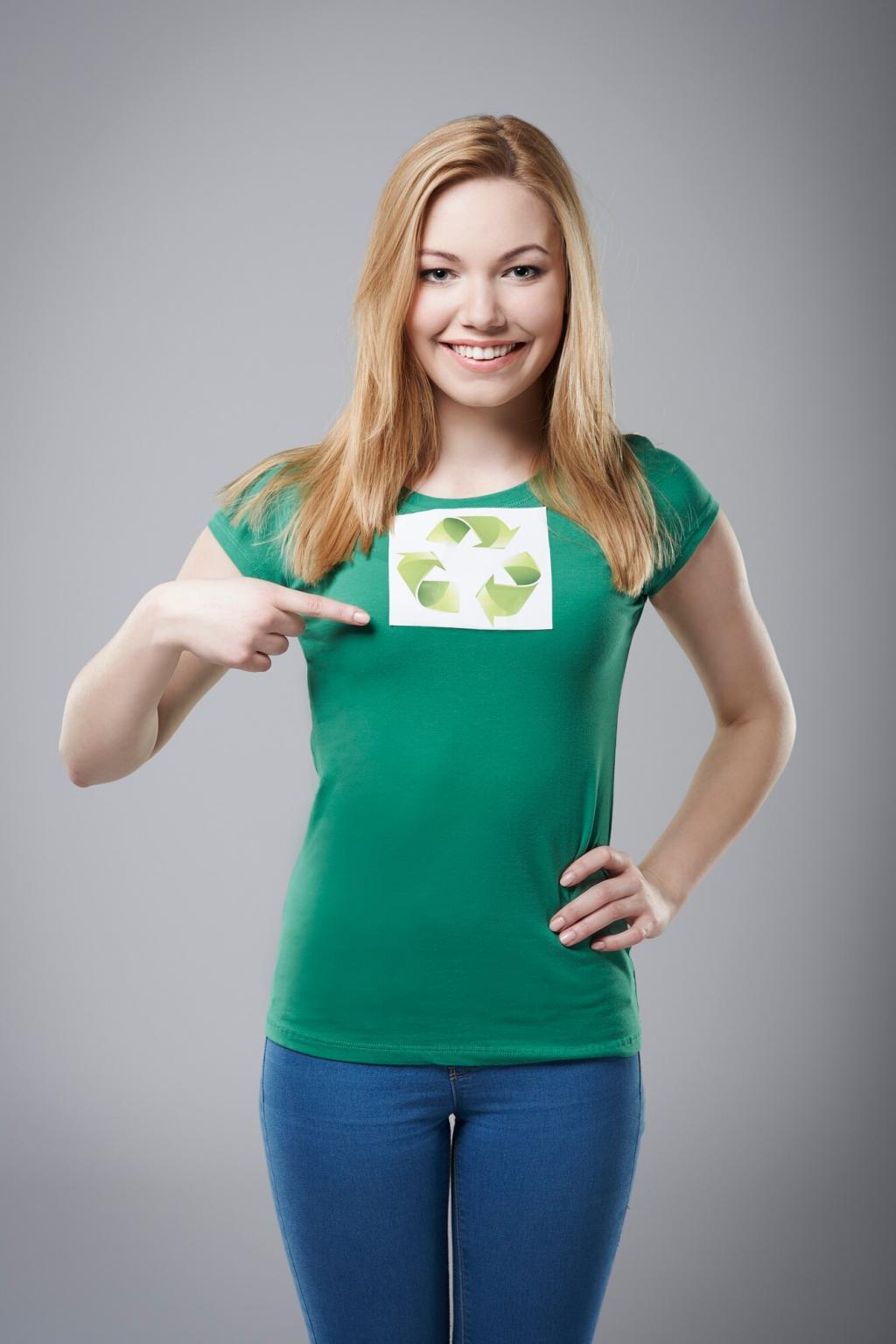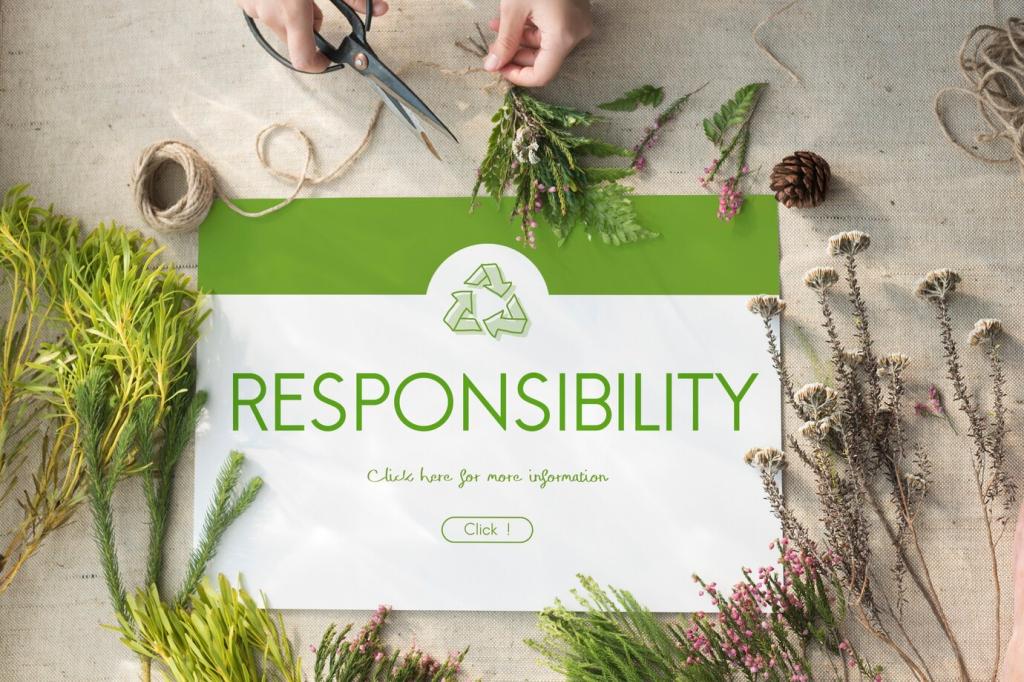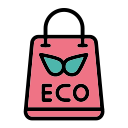
Eco-Friendly Fashion Materials
Eco-friendly fashion materials have rapidly gained attention in recent years as both consumers and brands search for ways to lessen the environmental impact of clothing. Traditional textile production can drain resources, create pollution, and generate waste. By using innovative materials and adopting sustainable practices, the fashion industry is reconsidering its role in environmental stewardship. This shift not only addresses ecological concerns but also appeals to a growing audience that values ethical production. By exploring these materials, companies and individuals alike can make informed choices that contribute to a healthier planet and a more sustainable way of living.
Reduced Chemical Usage
One key feature of organic cotton is its minimal reliance on harmful chemicals. Traditional cotton farming often uses large quantities of pesticides, which can seep into waterways and impact wildlife. By choosing organic alternatives, growers eliminate these dangerous substances, resulting in cleaner fields and surrounding ecosystems. This benefit extends through the supply chain, as processing organic cotton also typically involves sustainable dyes and fewer chemicals. As a result, the final fabric maintains its plant-based purity, offering a safer option for both textile workers and consumers who are concerned about toxins in their clothing.
Conservation of Water Resources
Organic cotton farming often employs rain-fed water systems and integrates conservation techniques that significantly reduce the demand for irrigation. Compared to conventional cotton, which can be quite water-intensive, organic practices help preserve this precious resource. Techniques such as mulching, composting, and careful crop management enhance soil quality, which naturally retains moisture and reduces the need for supplemental watering. By prioritizing these methods, organic cotton farming supports a more balanced ecosystem and ultimately contributes to the global effort to conserve water—an increasingly urgent challenge faced by agriculture worldwide.
Support for Small-Scale Farmers
Organic cotton is often produced by smallholder farmers who benefit from fairer market prices and improved working conditions. This shift from industrial farming allows communities to avoid exposure to hazardous chemicals and the health risks associated with them. Certification programs for organic cotton also emphasize social equity, ensuring farmers receive fair compensation for their labor. Supporting organic cotton encourages a more equitable textile industry and has positive ripple effects in local communities, empowering growers to thrive while protecting their land for future generations.
Hemp: A Renewable Powerhouse
Hemp’s environmental footprint is notably smaller compared to most conventional fibers. This plant grows vigorously without the need for synthetic fertilizers or pesticides, reducing environmental tolls from chemical runoff and contamination. Its ability to reach maturation quickly means it can be harvested multiple times per year, maximizing yield while minimizing land use. Furthermore, all parts of the hemp plant can be utilized—from fibers for fabric to seeds for food products—creating a zero-waste cycle that aligns well with circular economy principles.
Previous
Next
Recycled Polyester Transformations
Closing the Loop on Waste
One of the greatest advantages of recycled polyester is its capacity to “close the loop” in the production cycle. Rather than letting plastic bottles accumulate in landfills or oceans, these items are redirected and transformed into useful fabrics. This approach not only diverts waste but also decreases the demand for virgin plastic, conserving resources and energy. As more brands invest in recycled polyester, the incentive to collect and recycle plastics increases, creating a positive feedback loop that benefits both consumers and the planet.
Lowering Energy Consumption
The process of making recycled polyester uses significantly less energy than producing traditional polyester from newly extracted petroleum. This reduction is achieved by skipping the resource-intensive steps of raw material refining and polymerization. As a result, recycled polyester’s carbon footprint is much smaller. For environmentally aware consumers and brands, lower energy use translates to a more responsible choice—especially when paired with renewable energy in manufacturing. Adopting recycled polyester therefore serves as an actionable step toward reducing overall greenhouse gas emissions in the fashion industry.
Certified Standards and Traceability
Credibility is crucial when it comes to recycled materials, and certifications have emerged to ensure authenticity and traceability. Standards like the Global Recycled Standard verify that materials come from genuine recycled sources and that responsible social and environmental practices are followed throughout the supply chain. This level of oversight offers shoppers clear information about the origin of their garments, promoting transparency and trust. For brands, certification can differentiate products and demonstrate real commitment to sustainability practices.
Lyocell and Tencel: Next-Gen Cellulosics
The hallmark of lyocell and Tencel technology is the closed-loop process, which captures and reuses more than 99% of the water and solvents involved in production. This not only significantly reduces harmful emissions but also lowers water and resource consumption. By creating less waste and pollution, these fibers set new industry standards for responsible manufacturing. Consumers can feel confident that their clothing has a lower environmental impact, even before it reaches their wardrobes.

Piñatex and Plant-Based Leathers
Valorizing Agricultural Waste
Piñatex’s development centers on using what would otherwise be agricultural waste: pineapple leaves left behind after harvest. By transforming this byproduct into usable material, Piñatex offers an additional income stream for farmers while reducing pressure on landfills. This model showcases the potential of circular, regenerative economies in fashion, where waste from one process becomes the raw material for another. The high fiber yield from each crop further improves sustainability metrics relative to conventional livestock-based leather.
Animal-Free and Ethical
Traditional leather production involves significant ethical concerns surrounding animal welfare and industrial farming. Plant-based leathers eliminate these issues by offering an animal-free alternative that does not require raising or slaughtering livestock. This appeals to a growing segment of consumers who are concerned about animal rights and are seeking vegan lifestyle options. While mimicking the look and feel of genuine leather, Piñatex and similar materials also avoid the chemical-intensive tanning processes that can pollute water and soil.
Reducing the Ecological Burden
Leather tanning and processing are some of the most polluting practices in the textile industry, involving hazardous chemicals and high water usage. Plant-based leathers like Piñatex utilize gentler manufacturing techniques with lower resource needs. This significantly lessens their ecological footprint, from reduced greenhouse gas emissions to fewer toxic byproducts. As research and development progress, plant-based leathers are becoming even more durable and versatile, strengthening their position as a leading choice for eco-conscious fashion.

Natural Growth and Regeneration
Bamboo is a grass, not a tree, and this fundamental difference underpins its remarkable growth rate. After harvesting, bamboo shoots regrow rapidly from the existing root system, eliminating the need for replanting and preventing soil erosion. This regenerative cycle allows for frequent, sustainable harvests with minimal land disturbance. Additionally, bamboo’s expansive root structures store water in the soil and reduce the risk of desertification, contributing to healthier agricultural ecosystems in areas where it is cultivated.

Antibacterial Properties for Clothing
One of the notable benefits of bamboo fibers is their inherent antibacterial qualities. Natural bamboo contains the substance “bamboo kun,” which resists microbial growth and makes the textile less susceptible to odors and bacteria. This property persists even in finished fabrics, making bamboo clothing ideal for sportswear, undergarments, and bedding. Consumers appreciate the freshness and hygiene provided by bamboo textiles, which often require less frequent washing, further reducing water and energy use over the garment’s lifecycle.
Upcycled and Circular Economy Fabrics
From Waste to Wardrobe
Upcycled fashion breathes new life into discarded materials, converting surplus textiles or worn garments into fresh pieces. This approach diminishes the amount of clothing that ends up in landfills, helping to combat the global waste crisis. Creative reuse also offers unique, one-of-a-kind results—after all, every upcycled garment carries a backstory. Brands specializing in upcycled materials champion skilled craftsmanship and personal expression, ensuring each piece stands out in today’s crowded fashion landscape.


Reducing Resource Extraction
Making new fabrics—whether conventional or “sustainable”—draws on natural resources and energy. Upcycling sidesteps these costs by utilizing materials that already exist, such as leftover rolls from factories or clothing donated to secondhand programs. By minimizing demand for fresh resources, upcycled fashion reduces pressure on ecosystems and helps slow deforestation, soil depletion, and water overuse. This methodology not only benefits the environment but also challenges designers to work within interesting constraints, often producing ingenious results.
